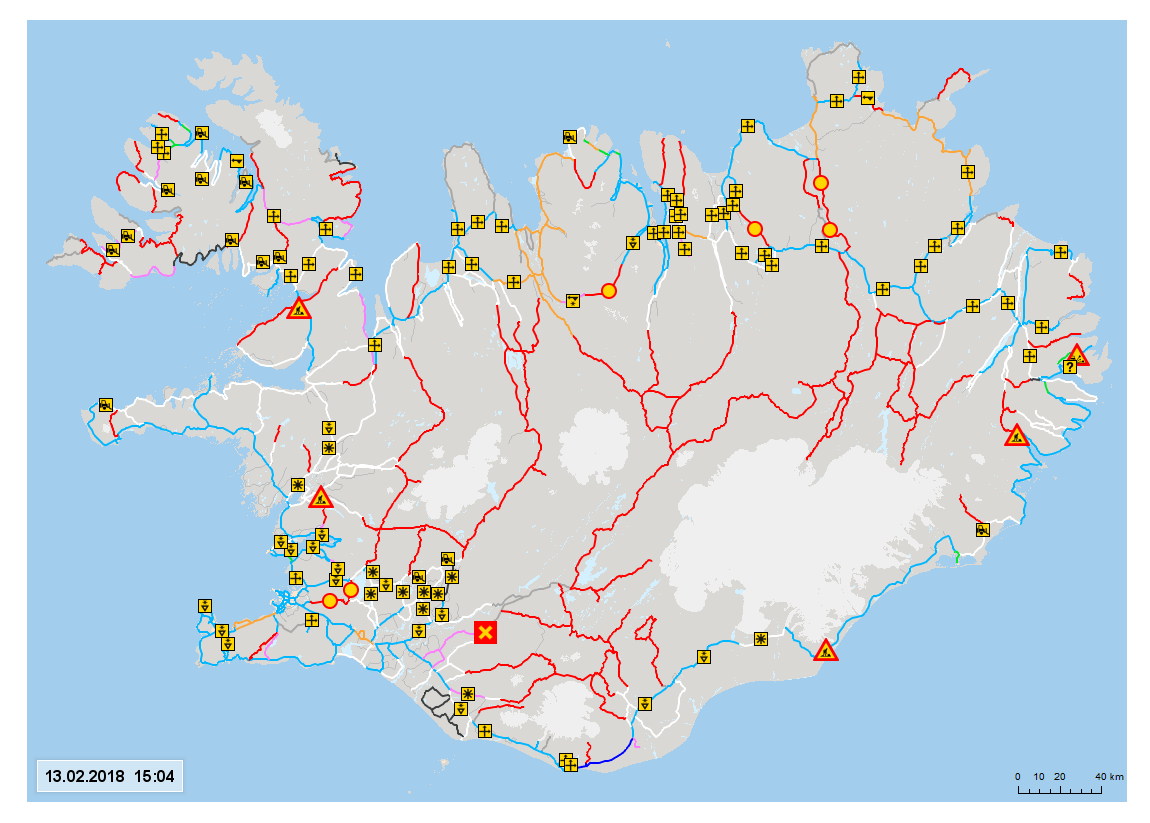“If you don’t like the weather right now, just wait five minutes,” people sometimes say in Iceland. The weather in Iceland can change with a short notice so it is helpful for tourists to follow the local weather. This is an indication of the strong variability of the Icelandic climate, where one may occasionally experience the four seasons over a day. Driving around Iceland is one of the best ways to experience the wonders it has to offer. Driving conditions are usually very good from April to November but as winter settles the conditions can often be less than favorable. If you intend to drive in the highlands we strongly recommend the use of four wheel driven (4×4) vehicles, but keep in mind that all off-road driving is strictly prohibited as it can cause damage to fragile vegetation and can lead to hefty fines.
Seasons and Climate
Thanks to the warm Gulf Stream, Iceland is warmer than the name indicates. The summers are short but bright. The average daytime temperature around the coast during May to September is 10-12°C (50-55°F). A warm summer day would have temperatures around 20°C. In the winter the average temperature in plains and coasts is around the freezing point. This means that the temperatures can exceed 0 °C (32 °F) quite often even in winter, and rain instead of snow can fall. However, the weather is extremely changeable and unpredictable, so you should always be prepared for the unexpected.
Average daily sunshine in July and August is 5-6 hours and during the summer months the nights are bright. On clear days you have 24 hours of daylight and even the midnight sun near the Arctic Circle. It is decidedly low in November to January.
See more about the weather here




 [Based on January 21, 2017 – December 21, 2017, courtesy of www.suncalc.net]
[Based on January 21, 2017 – December 21, 2017, courtesy of www.suncalc.net]